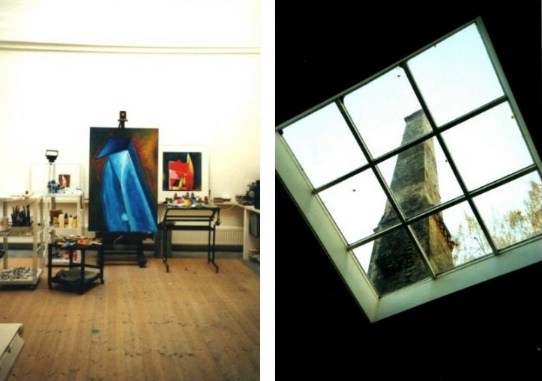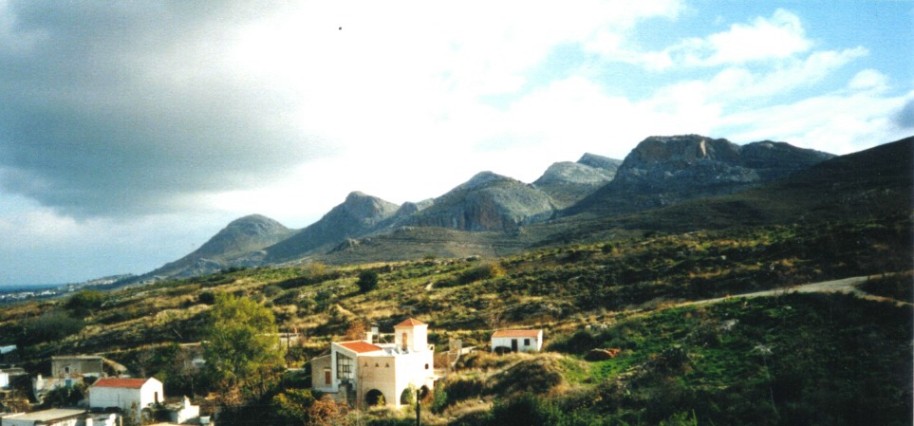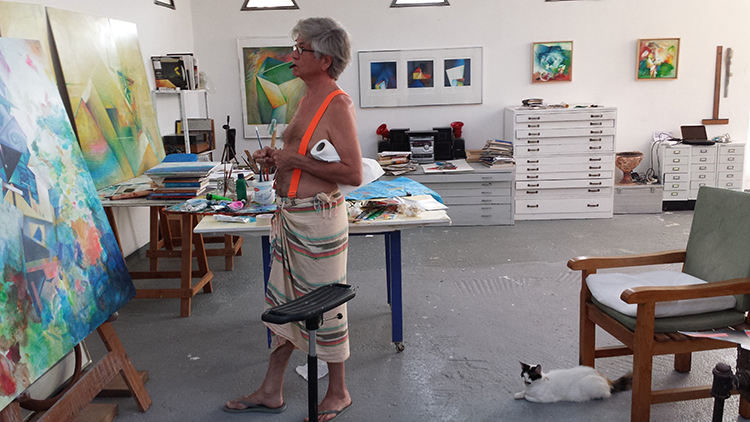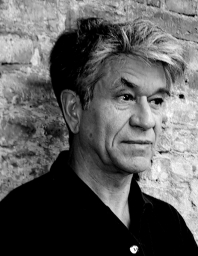|
 |
Foeller and his wife Claudia had to search a long time before they found this jewel of a backyard, which they then converted and designed according to their own ideas. This studio offers the artist the incalculable advantage of having found an oasis of seclusion and peace within the bustling metropolis Berlin – an absolute must for new ideas. The creative retreat helps him, after a work is finished, to meet his public, who react amazed and fascinated time and again, that the expression of Foeller’s abstract ideas in his pictures is so infinitive and obviously inexhaustible. When asked, how he does this without repeating himself, he said: ‘I can’t exactly explain it either. But I think, that each picture in itself always bears a new picture. It’s an endless process. In any case, I have no worries that my imagination will run out’. Born in 1945, Foeller grew up in Königsbach and later studied at the Hochschule für Gestaltung in Pforzheim and the Hochschule der Künste Berlin. Since then he has exhibited all over the world, which speaks for the attractiveness of his works. Consequently he ranks among the most successful in the country.
It is not easy to describe the language of Foeller’s pictures. Art experts also argue over exactly how to categorise his work. It obviously defies all rash attempts at cataloguing, opposes all pedantic thoughts of pigeon-holing. But there is an essential feature, even a leitmotif in his work, which recurs again and again and which an art expert outlined as follows: ‘The creation of aesthetic order out of order and disorder is the aim of his synthetic principles.’ In fact – this is his motto in life: the forming of extremely contrary pairs of opposites, for which there are many symbolic names: clear forming constructive mind – the power of original nature, intellect – emotion, reason – mysticism, logic – illogic, conscious – unconscious, consonance – dissonance. This polarity appears in the pictures as opposites; of geometrical and amorphous form, sharply defined edges and cloudy-nebula, of steadfastness and fluid sprays, of rigidity and extreme liveliness. Foeller interlocks these poles in extreme closeness so that they overlap each other tightly, providing for the most intensive profoundness and excitement. Despite the insubordination of the individual elements and all volcanic eruptions, the harmonious principle, even the aesthetic order - an often severe surreal liveliness and dynamism - triumphs in these picture constructions, worked out with great concentration. Foeller creates a world of architecturally graceful fantasies, full of timeless ciphers and views into other infinite distances, secretive, fascinating and ultimately inaccessible concepts - pictures in whose ‘un-interpretability’ one can lose oneself. Whereby the effect of these configurations is also naturally based on the suggestive colour symbols. Foeller himself does not like such theorising very much. "Every day I discover new ways of mixing my colours", he says and points out that his art is no more than a part of life, no more and no less. He wants to do his work exactly as he understands is and nothing else. He regards the fact that he can present his pictures in his own studio and at the same time outside in the yard on the red brick wall in these unique surroundings, as an additional stroke of luck for him. Exactly the same way in which through German unification his "old smithy" now lies in the centre of the metropolis Berlin – just next-door to the new temples of power, glamour and commerce – worlds, which he does not necessarily seek out, but the encounter with which he however finds fascinating and somehow also needs for his success.
The question of where Peter Foeller’s infinite world of shapes comes from, can be in partly answered, and art experts have of course also been attempting this extensively. But the borderlines of interpretation open up somewhere. Presumably, where the secret of the soul become identical with the secret of art. But his interpreters have left out or overlooked an important point: The influence of his intensive love of Greece. In Plora, a village in the mountains of Crete, where people – mostly farmers – still live within the archaic structures of their fathers and forefathers and where the modern world and even tourism have been excluded up till now, he has created another small world of creativity and intuition.
 |
He works many months of the year in a farmhouse, renovated according to his own plans and ideas – with a view from his studio of the white cottages in the village, the wide sweeping Messara plains and the majestic Ida mountains. He tells fascinatingly of the completely different mentality and way of life of the people here, who after the initial distrust have accepted him as one of their own.
 |
And so an attempt is needed to interpret the "Greek parts" in Foeller’s works. If one was to undertake this, the terms ‘myths’, ‘music’ and ‘light’ ought not to be left out, then all three are strongly present in his works. Mythical thought – life interpreted as cyclic repetition – is a part of his creative nature. Mythical symbols and ciphers like ships, crosses and birds (phoenix), and also Atlantis, Minos and Metropolis appear in the language of his pictures time and again. And finally, the diametrical opposites of Apollonian and Dionysian are his very own element. That both do not exclude one another, but belong together and complement one another is what makes Foeller’s pictures so positive and hopeful.
 |
Music is the constant companion of his creations. When one nears his house in Crete, ‘sounds’ from his studio greet visitors from faraway - often strange Byzantine or Greek orthodox chant, which he especially likes. The question as to how this world and structure of sounds are reflected in his pictures, could be a completely different topic. The uniqueness of the light in Greece was already described and even praised in the ancient world and is continued until today. When the East German painter Wolfgang Tübke was once asked years ago about an outstanding wish that he absolutely wanted to fulfil in his lifetime, he said: ‘To see and experience the light in Greece just once’. Peter Foeller probably knows about the secret of this light like few others.
Arn Strohmeyer (*1942) is journalist and author and worked as political editor with the "Bremer Nachrichten" (Bremen news). He has written many books on political and historical subjects as well as travel books on Greece and Crete

